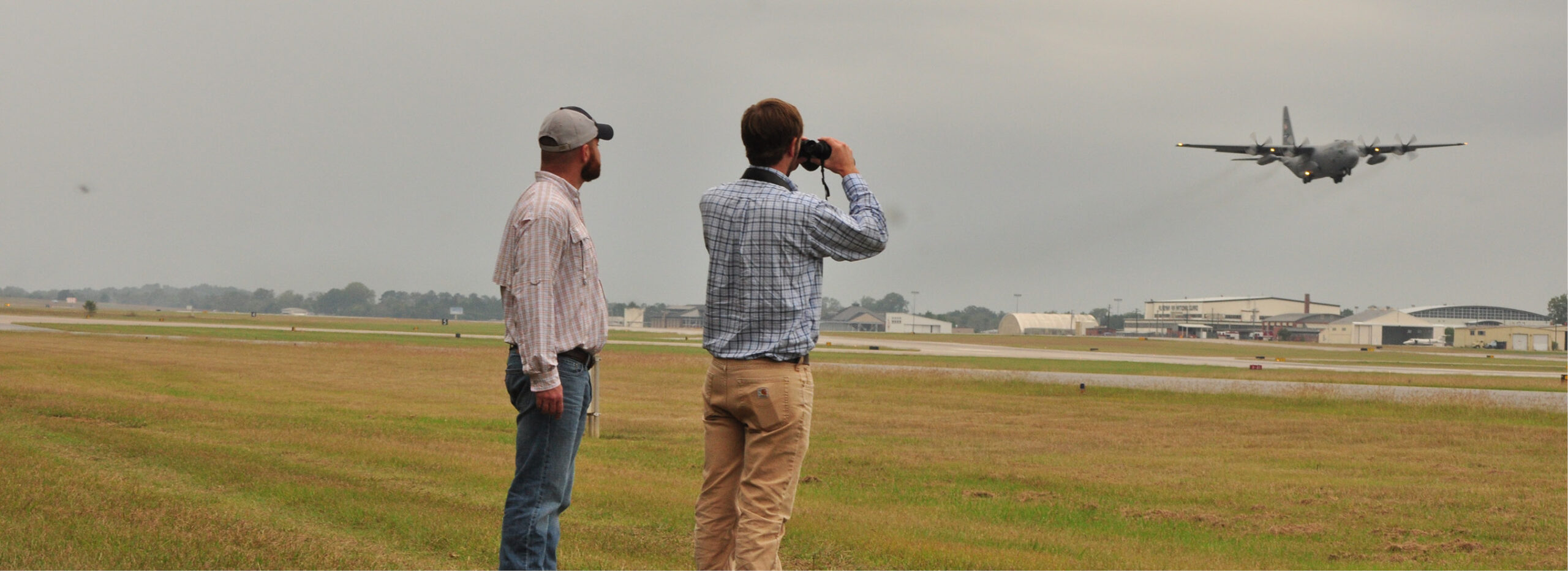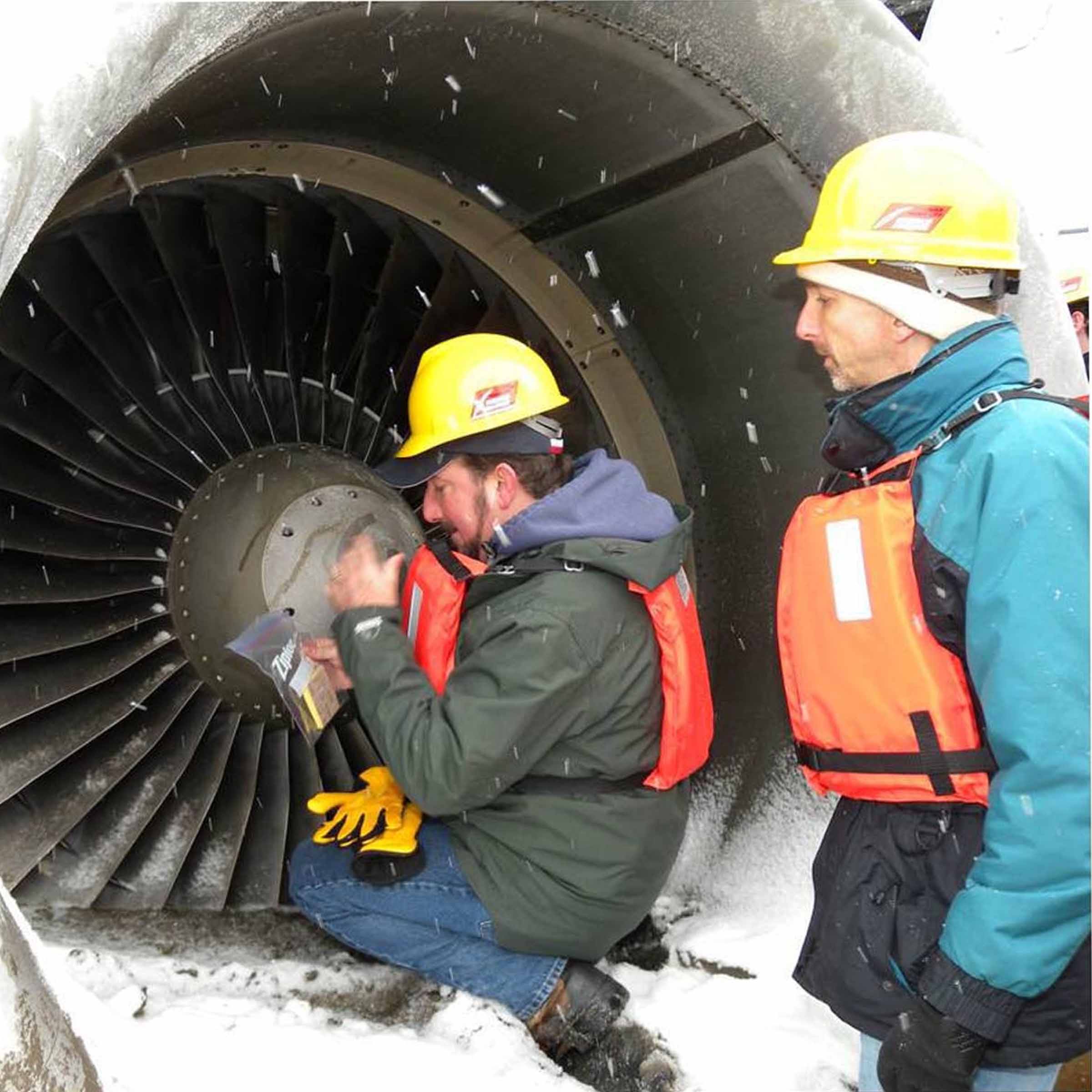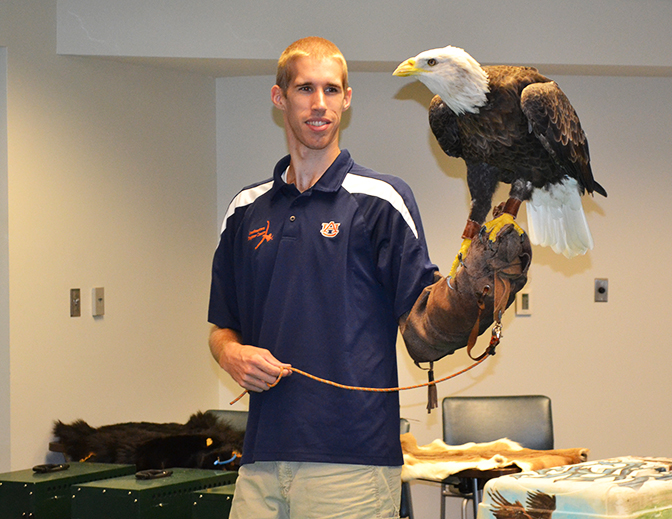
Less than two minutes after taking off from LaGuardia Airport on Jan. 15, 2009, US Airways Flight 1549 struck a flock of geese at 2,818 feet above ground level, causing both engines to lose power. Astoundingly, Capt. Chesley “Sully” Sullenberger, a former fighter pilot with nearly 20,000 flight hours of experience, was able to regain control of the aircraft and safely land the Airbus A320 on the Hudson River. All 150 passengers and five crew members survived.

According to the Bird Strike Committee, more than 90 percent of all wildlife strikes occur at altitudes of less than 3,000 feet, typically at locations on or near airports. Based on this statistic, effective wildlife management is one of the greatest tactics for reducing the incidence of bird strikes. Although it would be nearly impossible to prevent strikes from occurring completely, measures can be taken to deter wildlife from airports and the surrounding areas.
GMC and Environmental Science Associates (ESA) partnered to provide wildlife hazard management training for the staff at Montgomery Regional Airport and brought in the Southeastern Raptor Center at Auburn University for a hands-on learning experience to enhance the curriculum. The training, led by qualified airport wildlife biologists Jof Mehaffey and Rob Carlton of GMC and Jessie Wheeler of ESA, was the third and final phase of a Wildlife Hazard Management program initiated by the Airport in 2013.
The first phase consisted of a yearlong wildlife hazard assessment to identify the types of wildlife species, their numbers and frequency in and around the airport complex, in addition to evaluating the existence of potential habitats and food sources on or near the airport property that may appeal to wildlife. The second phase involved collaboration among the wildlife biologists and airport personnel to produce a Wildlife Hazard Management Plan. The plan incorporates a variety of methods, including land management strategies, habitat modifications, and wildlife deterrents to minimize the appeal of the airport facility to birds and other wildlife. These efforts help to promote the safety of both the animals and aircraft. The Federal Aviation Administration accepted the plan for Montgomery Regional Airport in the spring of 2016 and implementation of plan objectives immediately followed.
Part of the plan implementation includes this third phase of the overall Wildlife Hazard Management program, Wildlife Hazard Management Training. In addition to traditional classroom lecture and testing, the airport wildlife biologists arranged an educational demonstration provided by the Southeastern Raptor Center. The Center brought live birds of prey, both native to Alabama and commonly found in the Montgomery area, to teach airport personnel about the specific life cycles and habitat requirements of different species local to the area. Raptors showcased included the barn owl, barred owl, great horned owl, red-tailed hawk, American kestrel, turkey vulture and bald eagle.
The interactive learning experience provided airport personnel with a greater knowledge of these and other species and will help further efforts to minimize their incidence at the airfield.
For additional information on wildlife hazard management, contact Jof Mehaffey or Rob Carlton.
